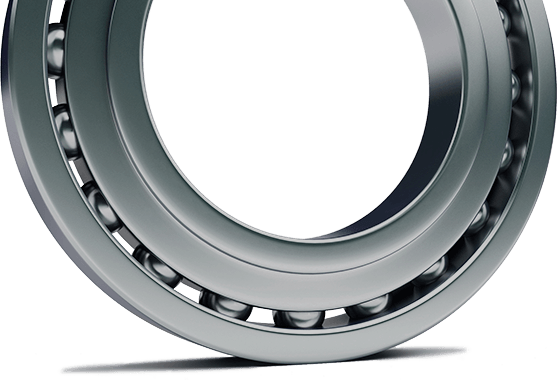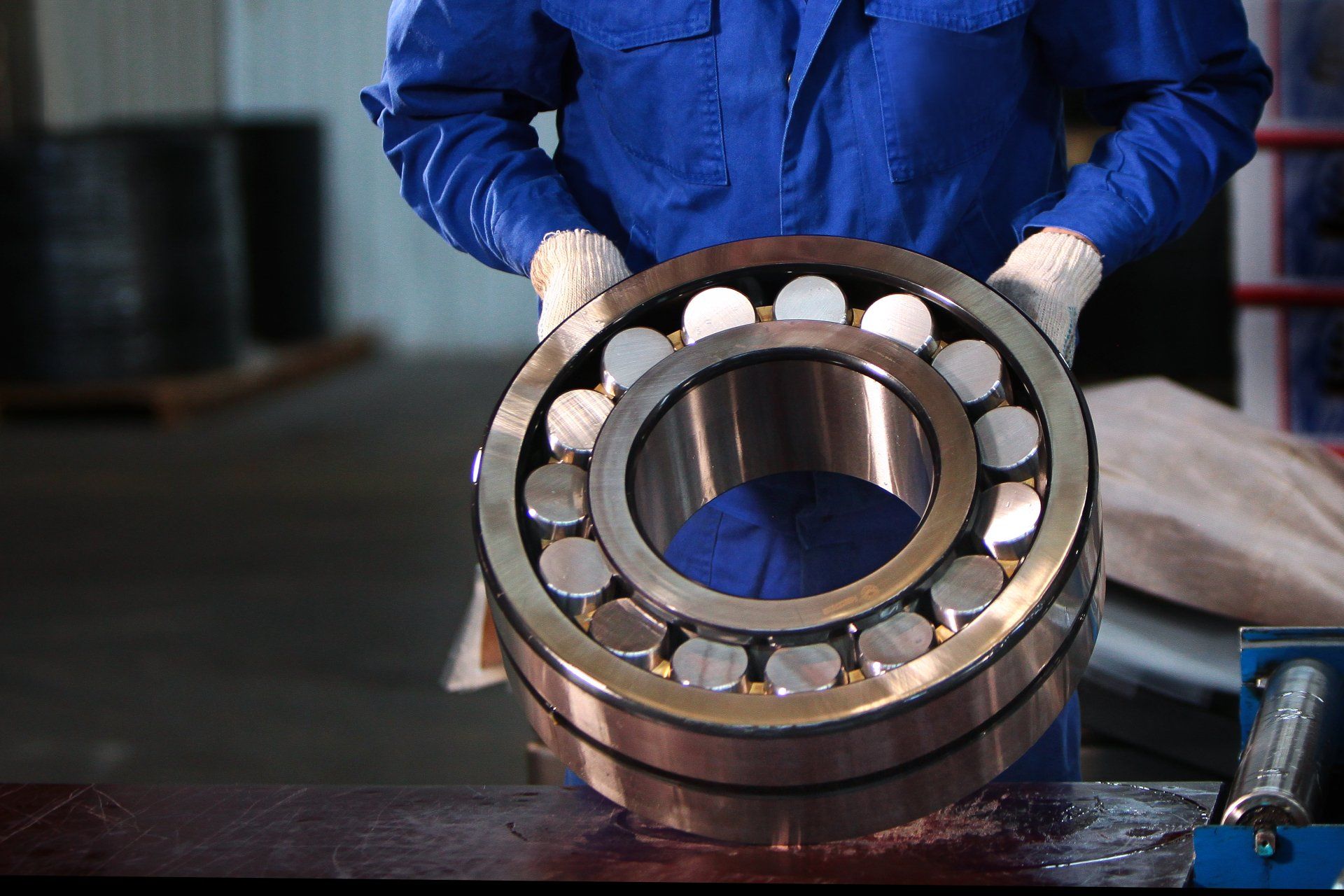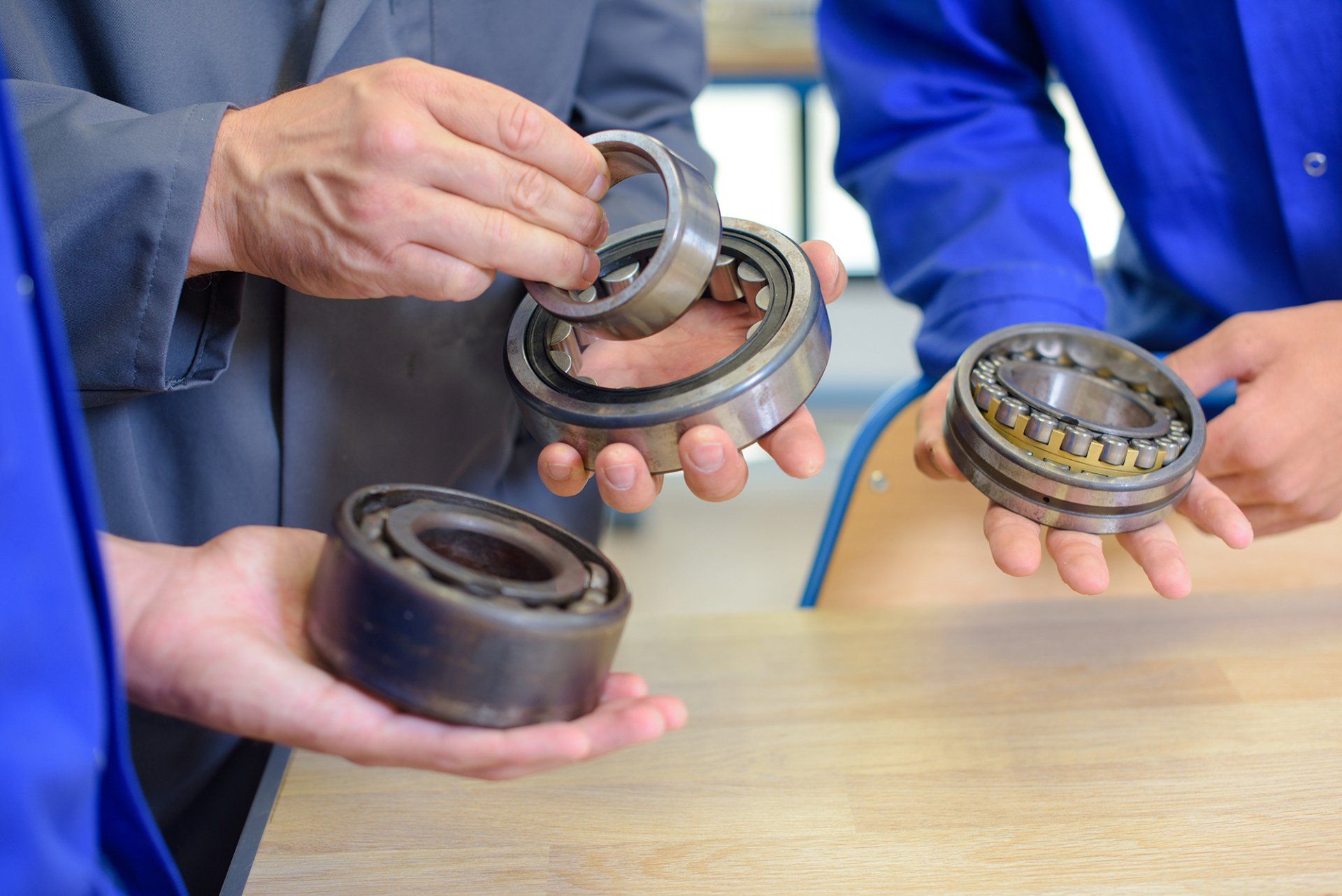You know that dreaded sound an alarm goes off to announce one of the units has gone down and ‘literally’ grinds to a halt. You know you are instantly into losing money and time, with customers relying on you. In these times of escalating costs, this is the last thing you need.
Article by David Riley, Consultant Engineer JAD Associates
So often this problem is a bearing. A recent study by the National Research Council of Canada found that 82% of bearing wear is caused by particle contamination and that this makes lubrication contamination the leading cause of premature failures.
BEARING FAILURE: A PROBLEM FOR THE WORLD OF MANUFACTURING
In a recent publication “Beyond the Essentials, Lubrication Best Practices: It’s Not the Destination… It’s the Journey”, by Paul Llewellyn, the problem of particle contamination in bearing lubricant is discussed, as a common problem encountered by bearing users around the world.
Lubrication contamination occurs regardless of industry, geographic location, facility size, standard operating procedures, and the training and experience of the maintenance staff. And this is because there isn’t always that much that can be done to completely avoid lubrication contamination. All it takes is one particle of dust, dirt, or other debris to get entangled within your bearing lubricant, for its effects to deteriorate the asset’s reliability. This makes the margin of error for preventing lubrication contamination very small. However, there are steps that can be put in place to minimise the disastrous effects of bearing lubrication contamination.
HERE'S THE "DIRT"
The definition of contamination: The presence of a constituent, impurity, or some other undesirable element that spoils, corrupts, infects, or makes unfit, a material, physical body, natural environment, workplace, etc.
In the case of bearing lubrication, these contaminants vary depending on industry. But they can mean dirt, dust, saw dust, metal shavings, chemicals, moisture, and even mixed grease types. When your lubricant becomes contaminated, it is no longer suitable for its purpose, and it needs to be taken out of service to prevent severe damage to the asset and production is forced to shut down.
"Don’t just say ‘faulty bearing’ - the problem will often be more than that."
David Riley, Consultant Engineer, JAD Analysis
LUBRICATION CONTAMINATION - DEFEATS YOUR MAINTENANCE SCHEDULES
- Lubrication contamination can reduce the amount of time an asset is able to operate without maintenance from years to months… and in some cases weeks or days.
- Lubrication contamination can cause machinery bearings to seize up as the grease thickens and eventually hardens.
- Lubrication contamination can scratch, wear and shave off pieces on metal bearings leading to faster and more unpredictable failures.
NOT ALWAYS A "FAULTY" BEARING
How can you tell if a bearing is affected by contamination? Condition monitoring is often used to identify abnormal vibration, but many pieces of equipment do not have the benefit of such monitoring. Contamination in the lubricant can be identified by visual inspection of load bearing surfaces once a bearing has been removed from service. Often a machine failure will be attributed to a “Faulty Bearing” when in fact contamination in the lubricant, possibly caused by a damaged seal or a dirty grease gun, for example, is the root cause of the damage.
ESTABLISH THE REAL PROBLEM
To attain the maximum lubrication effectiveness, it is essential that bearing failures are correctly investigated to establish a true root cause and prevent unnecessary recurrence. Visual inspection of the bearing’s internal surfaces by a professional engineer such as JAD Analysis in Lincolnshire, along with, where possible, a chemical analysis of the lubricant to identify contaminant particles will satisfy this requirement.
Understanding failures will often result in less unplanned failures and the costly downtime they cause, a reduction in the amount of grease consumed, and less bearing purchases. In these times of increasing economic pressure on businesses, understanding these failures is an overhead not to be missed.
TALK TO US ABOUT YOUR BEARING ISSUES
Looking for expert help in understanding why your bearing failed and preventing problems in the future? JAD Analysis is independent from any one bearing manufacturer, so you can trust our experts to provide unbiased reports without prejudice. If you're interested in finding out what caused a bearing to fail or become damaged and possibly using our services, please call us on +44 (0)1673 843059 or use the contact form on this page to email your questions. You can upload a photograph of the bearing too either to gain a simple low cost rapid response or to help us quote for a more in depth piece of work.




